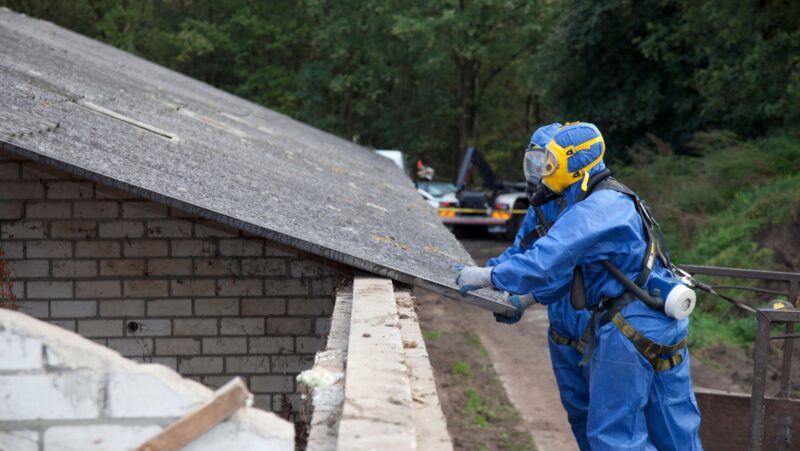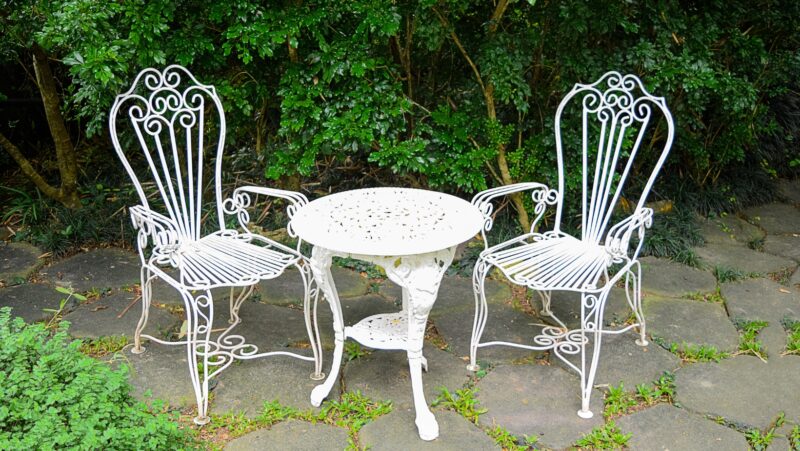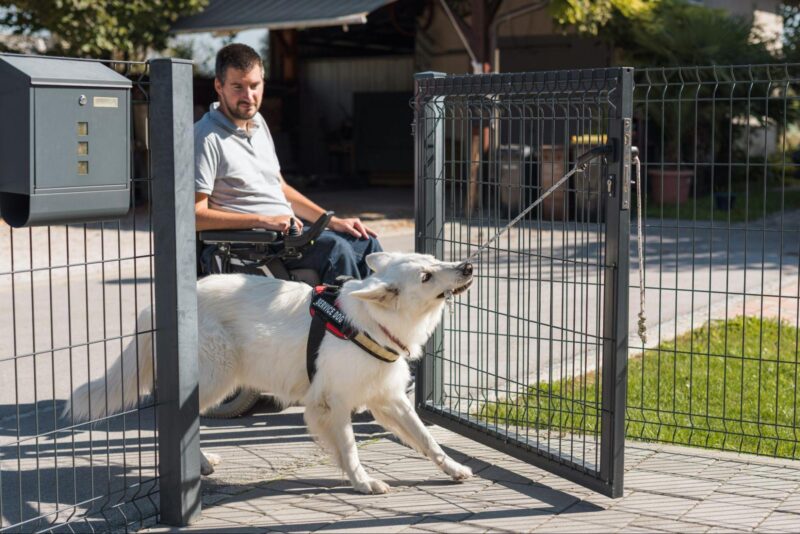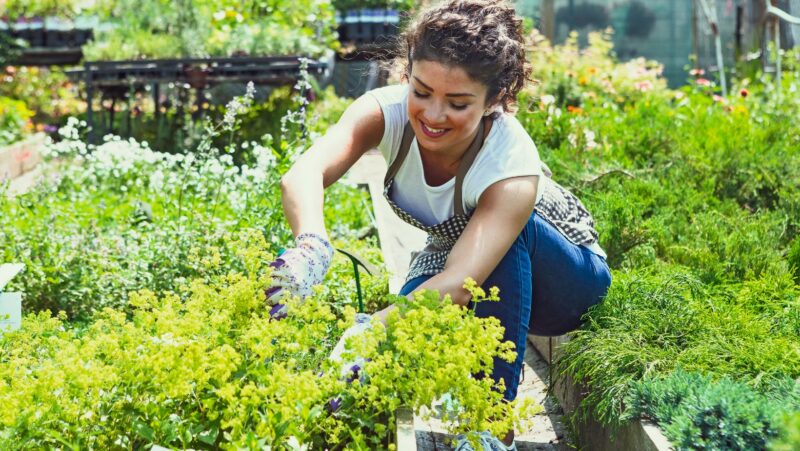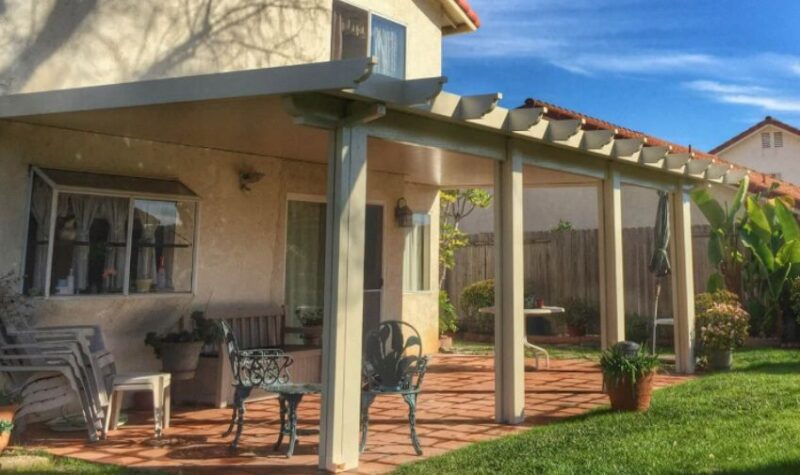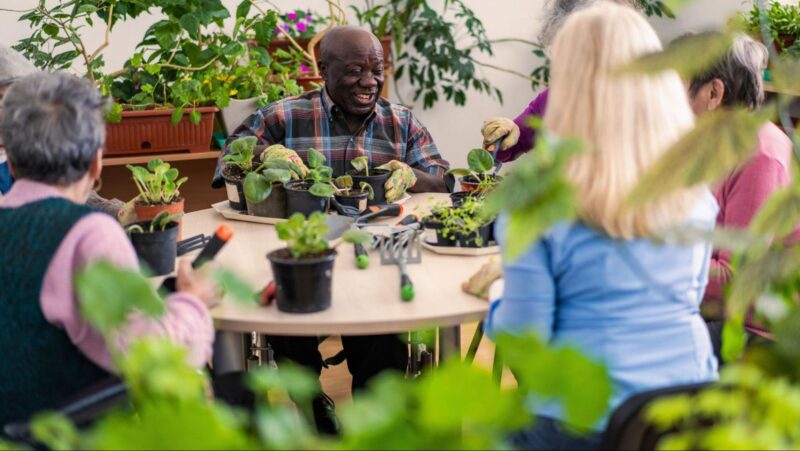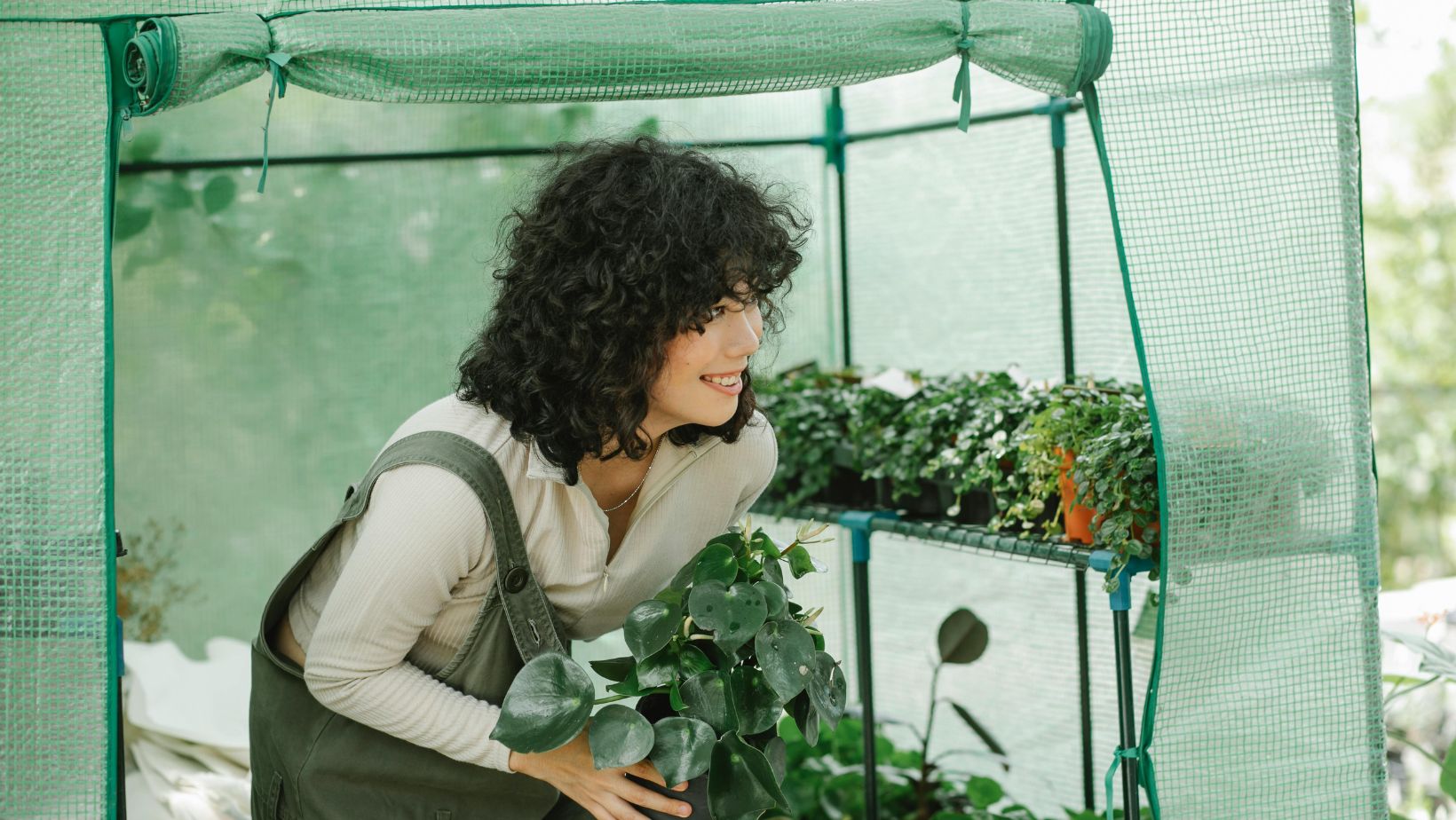
Have you ever wished you could garden all year round or grow those plants that won’t thrive in your backyard? A greenhouse is what you need. It is a structure that creates a controlled environment for your plants and can be as small as a window box or as large as a building.
Many small and large-scale farmers are adopting this plant cultivation method, contributing to discover improvement in this market. According to Zion Market Research, the greenhouse horticulture market was valued at about $32 billion in 2022. This market is projected to grow to over 54 billion by 2030. With this consideration, there is no doubt that venturing into this market is highly rewarding.
That’s why we’ve prepared this guide to help you understand what you need for your garden greenhouse.
Why Start A Greenhouse?
Here are some benefits of having a garden greenhouse:
- You can grow your plants year-round. For example, you can grow tomatoes in December or start your spring plants early.
- Protection from pests and weather. A greenhouse shields your plants from harsh weather and many common garden pests.
- Gives you control over your plant’s growing conditions. You get to decide the temperature, humidity, and light levels.
- You grow exotic plants. You can try tropical plants even in a cold climate.
Now that you know the benefits, what kind of a garden greenhouse do you need?
Picking Your Perfect Garden Greenhouse
Picking a garden greenhouse is more like house hunting. Many garden greenhouse options exist, but you must find the right fit for you and your garden.
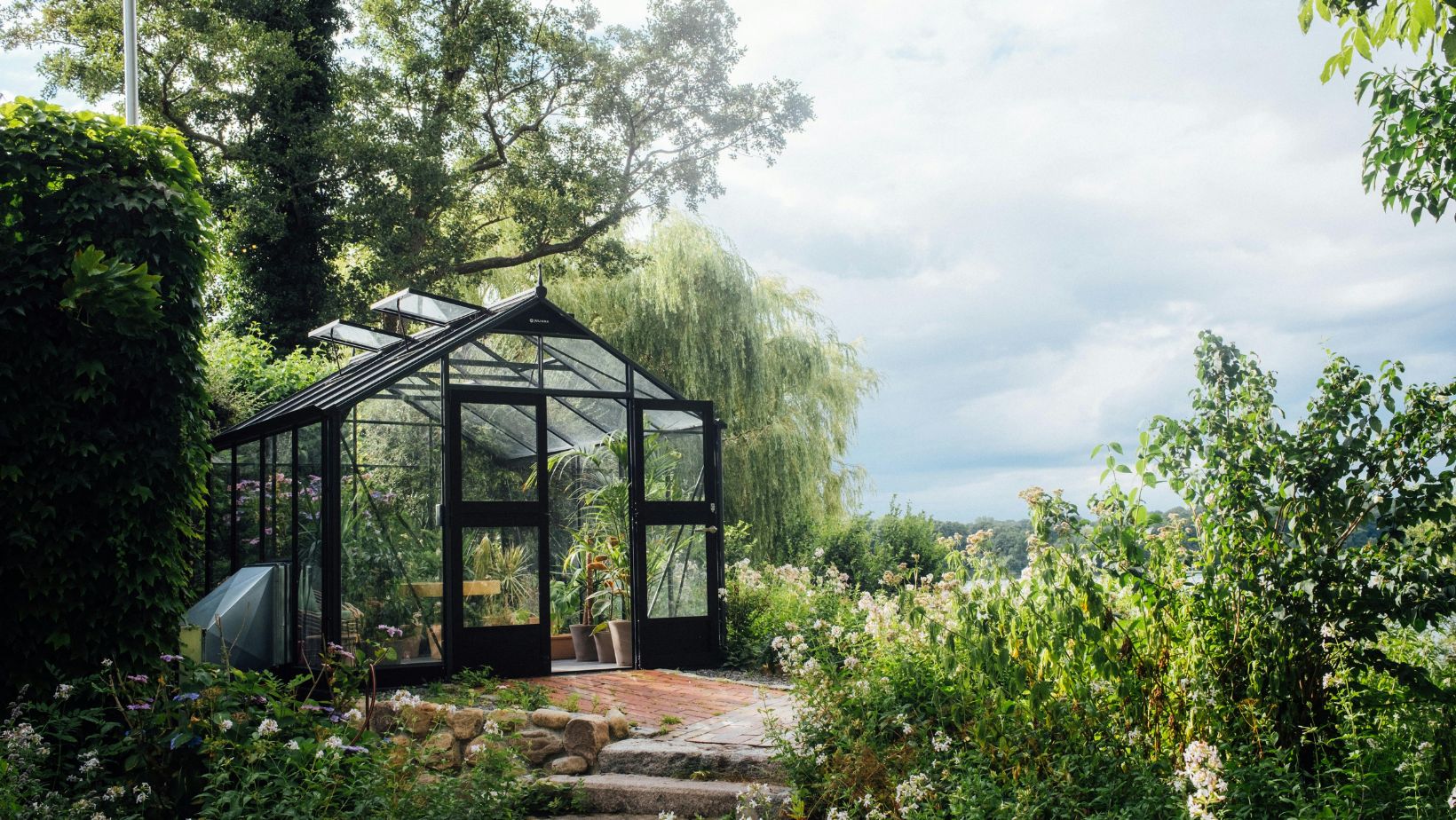
Here are three main greenhouse types to consider.
- Lean-to greenhouses: These are greenhouses you attach to an existing wall in your house or garage. If you’re short on space, you can choose this kind of greenhouse.
- Freestanding greenhouses: These are standalone structures. They offer sufficient room to move around inside and a lot of space to grow various plants.
- Polytunnels: If you want to go big, these greenhouses offer a lot of growing space without you having to break the bank. They’re long, tunnel-shaped greenhouses.
- Other factors to consider when picking your greenhouse include,
- Size: How much space do you have? Remember, you’ll need room to move around inside.
- Material: Glass is classic and lets in tons of light, but it can be fragile. Polycarbonate is durable and insulates well. Polyethylene is budget-friendly for larger structures but may need replacing sooner.
- Ventilation: Good airflow is crucial for your greenhouse plant growth. Look for models with roof vents and side windows.
- Location: Choose a sunny spot with easy access to water and electricity. Avoid areas with lots of shade or strong winds.
Essential Tools and Equipment for Your Garden Greenhouse
Once you have your greenhouse, you’ll need quality gardening tools and equipment.
Here’s what to put on your shopping list.
- Thermometer and hygrometer: These help you monitor temperature and humidity.
- Water system: Consider an automatic irrigation setup to make your life easier.
- Shelves and benches: These help organize your plants and maximize space.
- Pots soil and containers: Choose a high-quality potting mix and sturdy containers.
- Hand tools: You’ll need a trowel, pruners, and gloves.
- Grow lights: These ones come in handy for cloudy days or extending daylight hours.
Creating the Perfect Environment for Your Garden Greenhouse
Now, let’s talk about keeping your plants happy. Most plants thrive in these conditions.
- Temperature: Aim for 65–75°F (18–24°C). Install a heating system for cold nights and ventilation for hot days.
- Humidity: Keep it between 50 and 70%. If the air gets too dry, use a mister or humidity tray.
- Ventilation: Good airflow prevents disease. Install fans and vents for good airflow.
- Lighting: Most plants need 6–8 hours of sunlight daily. If your greenhouse doesn’t get enough natural light, add grow lights.
Choosing What to Grow in Your Garden Greenhouse
Here comes the fun part – picking your plants.
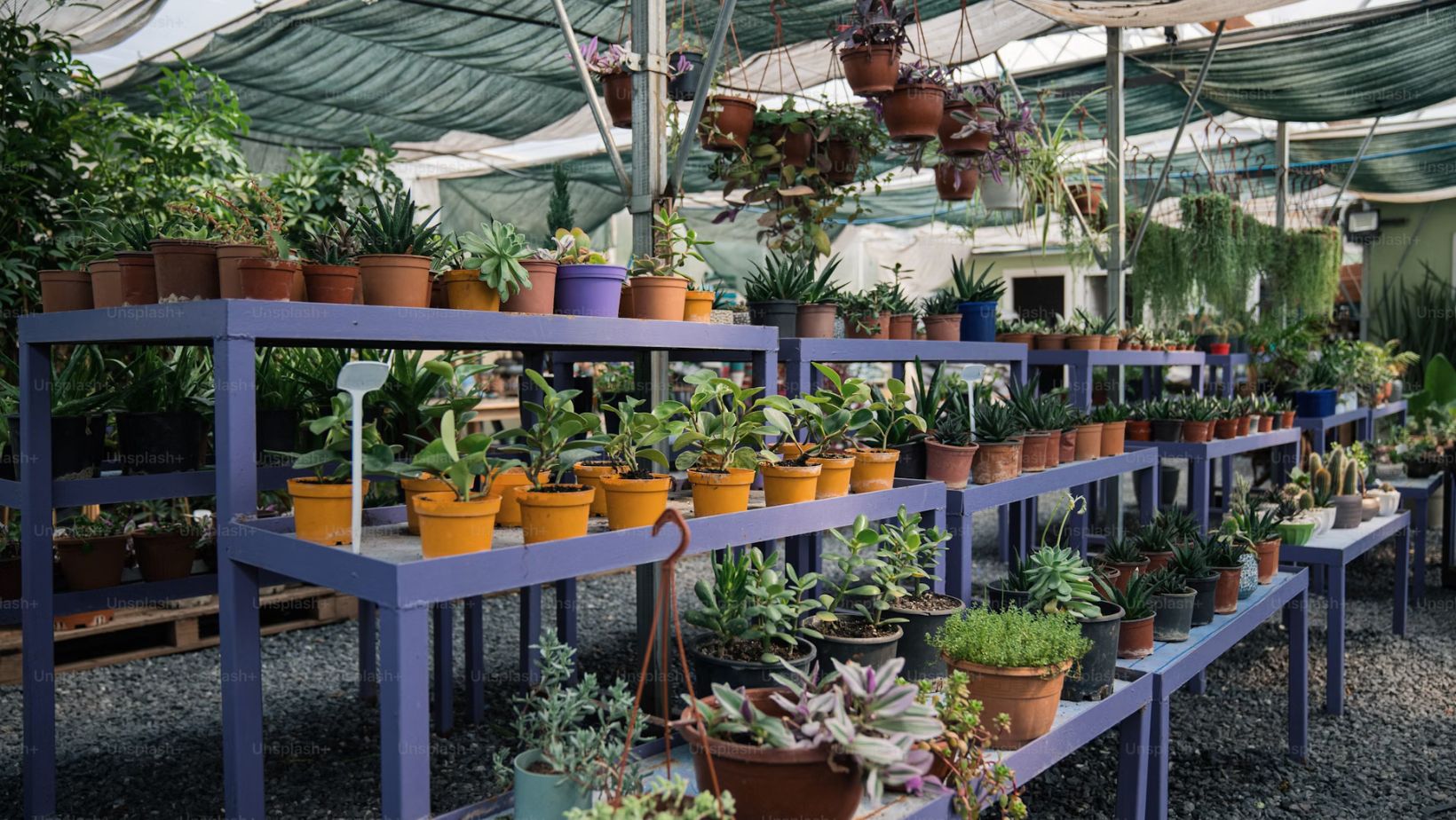
Some popular crops to grow in your garden greenhouse include:
- Vegetables: Tomatoes, cucumbers, and peppers do well in a warm, humid environment. Leafy greens can thrive well in garden greenhouses, too–-you could have fresh salads all year round.
- Fruits: Strawberries are a great fruit choice. They work well in vertical systems, saving space. Citrus trees and figs will also do well in a protected environment.
- Flowers: Orchids, geraniums, and begonias flourish well in greenhouse conditions. You could have a blooming paradise even in the depths of winter. For those looking to elevate their floral varieties, including BloomsyBox flowering plants offers an excellent option, ensuring a vibrant and diverse collection.
- Cannabis: You can also grow cannabis in a greenhouse, but you must check your local laws first. Cannabis laws and regulations vary widely, and what’s legal in one place might be illegal in another. Always stay on the right side of the law so you can pursue your gardening in peace.
Don’t forget herbs. Basil, mint, and rosemary will give you fresh flavors year-round. Remember, you can grow almost anything in a greenhouse. Don’t be afraid to experiment.
Soil and Fertilizer for Your Garden Greenhouse
Good soil is the foundation of a healthy garden. Use a high-quality potting mix and add perlite or vermiculite for better drainage.
- Compost: Great for adding nutrients and improving soil structure. You can buy it or make your own.
- Peat moss: Fantastic for greenhouse soil. It helps retain moisture and adds organic matter, making it perfect for acid-loving plants like blueberries and azaleas.
Also, don’t toss those coffee grounds yet. They’re great for your garden. Coffee grounds add nitrogen to your soil, improve drainage, and attract helpful earthworms. Sprinkle them around your plants or add them to your compost.
Watering and Irrigation in Garden Greenhouse
Proper watering is crucial. Here are some tips for watering and irrigating your garden greenhouse.
- Water in the morning to reduce evaporation and prevent fungal growth.
- Use lukewarm water to avoid shocking your plants’ roots.
- Consider a drip irrigation system for consistent, efficient watering.
- Check soil moisture regularly. Stick your finger an inch into the soil – if it’s dry, it’s time to water.
Pest Control in Your Garden Greenhouse
Even in a greenhouse, pests can be a problem and should be controlled. Here’s how to keep pests in check.
- Regularly inspect your plants for signs of pests or disease.
- Use sticky traps to catch flying insects.
- Introduce beneficial insects like ladybugs to eat harmful pests.
- Try neem oil as a natural pesticide option.
- Keep your greenhouse clean. Remove dead leaves and plants promptly.
Seasonal Maintenance of Your Garden Greenhouse
Your greenhouse tasks will change with the seasons. Here’s a quick guide on how to maintain your garden greenhouse during the four seasons.
Spring
- During spring, clean and disinfect your greenhouse.
- Check for any damage from the winter.
- Start seedlings for your summer garden.
Summer
- Ensure proper ventilation to prevent overheating.
- Provide shade if needed on very hot days.
- Keep up with watering; plants need more water in the summer.
Fall
- Prepare tender plants for the winter.
- Clean out annual plants that have finished producing.
- Check your heating system before the cold weather hits.
Winter
- Insulate your greenhouse if necessary.
- Monitor the temperature closely, especially at night.
- Water them sparingly. Plants need less water in the winter.
Conclusion
Starting a greenhouse opens up a world of gardening possibilities. It takes some work, but the rewards are worth it. You’ll be able to grow plants you never thought possible and enjoy fresh produce year-round.
Remember, every expert gardener was once a beginner. Don’t be afraid to experiment and learn as you go.






